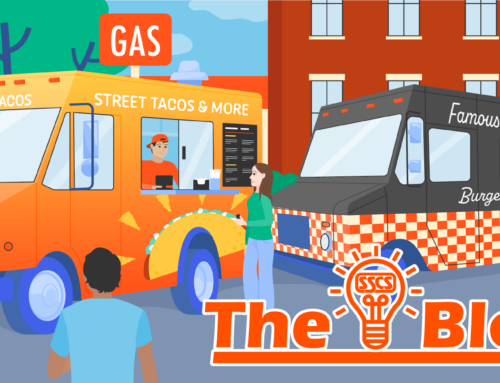
Secrets of the Industry Revealed!
The wait is over. Here are the answers to last week’s questions about the industry.
Last week we presented 20 questions to our readers, trivia about the retail petroleum industry, with the promise of publishing the answers today. Well, today is here, so let’s get going. For your convenience (ha, ha), we’ve reprinted last week’s questions with their answers.
- Which company operates the largest chain of gas stations worldwide?
Shell, with over 43,000. - In what decade did self-service gas stations begin to prevail in the United States?
Self-service gas stations first began to become popular in the United States in the 1930s, became more widespread in the 1940s and 1950s, and mushroomed in the 1960’s. - Which country is known for having the highest number of gas stations per capita?
The USA with 118,678, an increase of 0.2% from 2022 according to IBISWorld. Fun fact: Add in c-stores without fuel to those that do and you get 150,174. - What is the average size of a convenience store in square feet?
Though the size and layouts of stores vary incredibly, most sources agree it’s in the range of 2000-3000 square feet. - Which gas station and convenience store chain introduced the concept of a “loyalty card” in the United States?
Shell-branded operations began offering loyalty programs in 1994. - What is the second ingredient in a Snickers bar?
Peanuts. Fun fact: the bar was sweetened by both white sugar and corn syrup in 1939, the year of its introduction. - Which fast food chain started out as a gas station?
Sonic Drive-In founder Troy Smith Sr. initially owned a steak restaurant and decided to buy a small root beer stand named “Top Hat” adjacent to a gas station. Smith later added a car-to-kitchen intercom system at the root beer stand due to the success of the gas station side of his business where customers enjoyed the convenience of staying in their cars. - What is the oldest soft drink in America?
Dr. Pepper - According to FDA regulations, for peanut butter to be labeled as peanut butter, it must contain what percentage of peanuts?
No less than 90 percent. The remainder of the product can include sweeteners, oils, and other ingredients, as long as it doesn’t exceed 10 percent. - What was the first product scanned by a UPC scanner?
A pack of Wrigley’s Juicy Fruit gum scanned at Marsh’s Supermarket in Troy, Ohio, USA, on June 26, 1974. - What’s the fictional gas brand in the Pixar Cars movies?
Dinoco. - How much money does the average American spend on lottery tickets each year?
It’s tough to find a definitive answer, but the general consensus is around $200. Here’s an article that breaks it down by state. - How many bodegas are there in NYC?
Bodegas, introduced into the five boroughs by the Puerto Rican community in the mid-1950’s, now number 13,000 across the city’s limits, according to Wikipedia. - While we’re on the topic of New York City, the world’s first road made for cars was paved in which of its five boroughs?
The home of Christopher Walken: Queens. - What year was the first electric vehicle created?
Crude electric carriages were first invented in the late 1820s and 1830s. The first practical electric car was built in 1884 by Thomas Parker in London, England, with specially designed high-capacity, rechargeable batteries. Fun fact: Electric cars held the world land speed record for years, until…1900. - How many gallons are in a barrel of oil?
42 - The first digit on a credit card tells you which industry issued the card. As an example, 1 and 2 indicate an airline card. What digit represents gas/fuel cards?
7 - How long does an average visit to the convenience store take? Extra points for knowing how long the average trip to a traditional grocery store takes.
C-store: Under four minutes
Grocery: 41 minutes - What does the letter M stand for in the common Oil industry acronym OBM?
Mud - What year was SSCS founded?
1981
So how did you do? Do you chart out at expert? Novice? Somewhere in-between? And this is just a sampling of the available facts at our disposal, which speaks to the long lasting nature of the industry, and how many different ways it has evolved to extend into the daily lives of the general public. For sure, it keeps things interesting, and our team is grateful to be part of the mix. See you here next week.






Leave A Comment